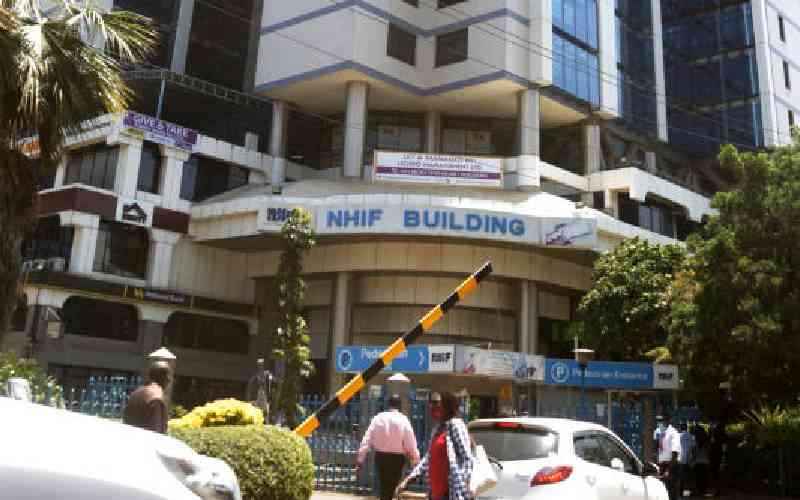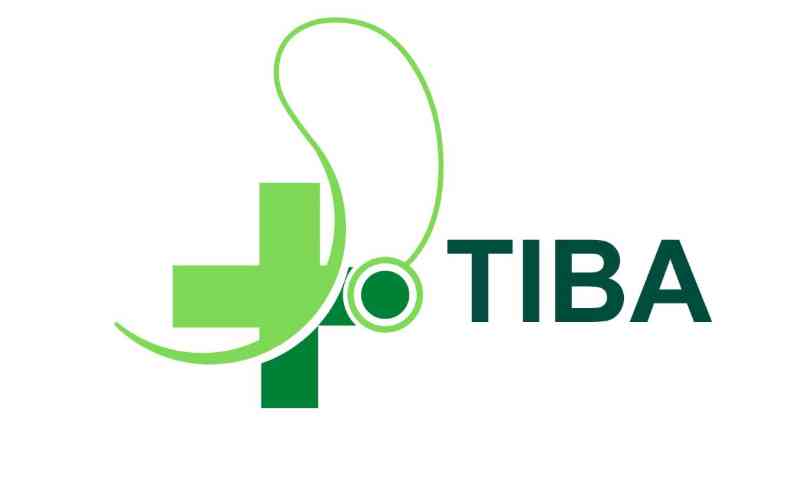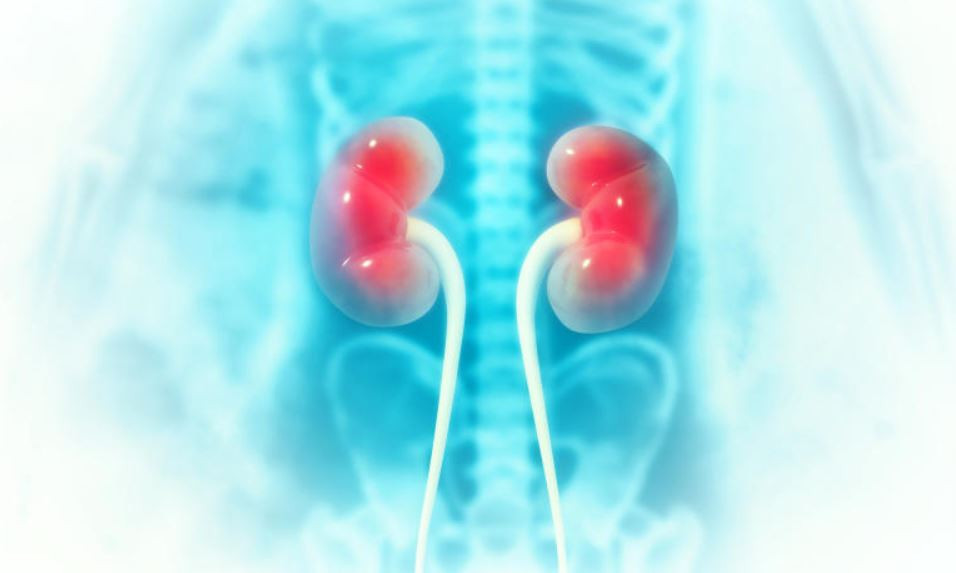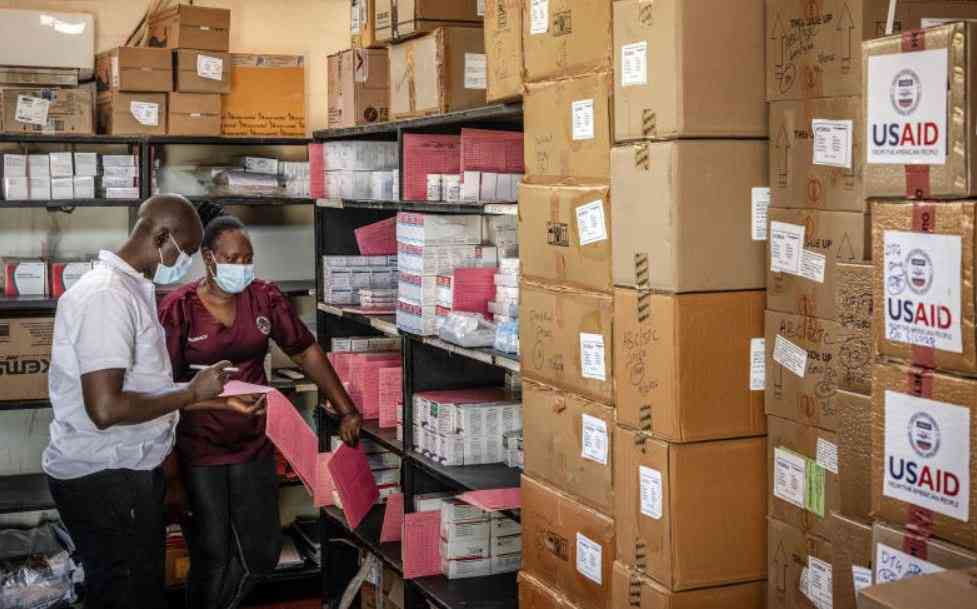
The National Health Insurance Fund (NHIF) remains the most popular insurance among Kenyans despite damning reports of malpractice.
Out of 26 per cent of insurance holders, at least 24 per cent of them use NHIF, according to the 2022 Kenya National Demographic Health Survey (KNDHS).
Treasury Cabinet Secretary Njuguna Ndung'u said the Kenya Kwanza government is committed to boosting NHIF coverage to guarantee quality healthcare to all patients.
Facts First
This story continues on The Standard INSiDER. Subscribe now for unfiltered journalism that holds power to account.
Already have an account? Login
 The Standard Group Plc is a multi-media organization with investments in media
platforms spanning newspaper print
operations, television, radio broadcasting, digital and online services. The
Standard Group is recognized as a
leading multi-media house in Kenya with a key influence in matters of national
and international interest.
The Standard Group Plc is a multi-media organization with investments in media
platforms spanning newspaper print
operations, television, radio broadcasting, digital and online services. The
Standard Group is recognized as a
leading multi-media house in Kenya with a key influence in matters of national
and international interest.











